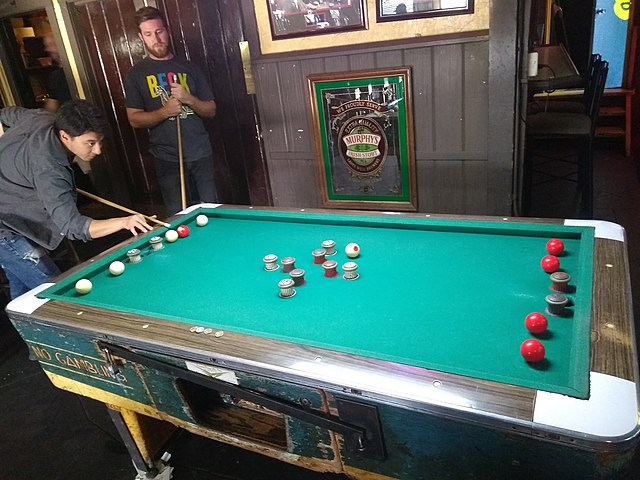Headwear, beyond its functional and fashionable aspects, holds profound cultural significance across the globe. In every corner of the world, diverse communities have crafted unique and symbolic headpieces that reflect their traditions, beliefs, and social structures. Let’s embark on a fascinating journey to explore the rich tapestry of headwear traditions, unraveling the stories woven into each carefully crafted piece.
Asia: Turbans, Crowns, and Spiritual Symbols
In Asia, headwear is deeply rooted in tradition and spirituality. The turban, worn by Sikh men, is not merely a garment but a symbol of honor, self-respect, and commitment to faith. The intricately wrapped fabric signifies equality and unity among followers.
In contrast, traditional crowns in countries like Thailand and Cambodia are adorned with intricate designs, embodying the royal heritage and cultural richness of these nations. These crowns often play a pivotal role in ceremonies and rituals, symbolizing power, authority, and the divine connection of rulers.

Africa: Gele, Kufi, and Tribal Traditions
Africa boasts a diverse array of headwear, each piece telling a unique story of cultural identity. Gele, a vibrant and elaborate headwrap worn by women in Nigeria, is not just a fashion statement; it represents celebration, femininity, and social status. The gele is meticulously styled for special occasions, such as weddings and festivals.
In West Africa, the Kufi cap holds cultural and religious significance. Worn by men, the Kufi symbolizes piety, spirituality, and adherence to Islamic traditions. Meanwhile, various tribal communities across the continent have distinct headpieces, often crafted with symbolic colors, beads, and patterns that convey ancestral connections and social roles.
Middle East: Ghutrah, Kaffiyeh, and Identity
The Middle East is home to a variety of headwear styles deeply entrenched in history and identity. The ghutrah, worn by men in the Arabian Peninsula, is a symbol of cultural pride and protection from the harsh desert environment. Its distinctive white color reflects the region’s scorching sun, while the black agal serves both functional and aesthetic purposes.
The iconic black and white Kaffiyeh, worn across the Middle East, transcends its functional use as protection against the desert wind and sun. It has become a symbol of Palestinian identity and resistance, donned with pride during political and cultural events.
Europe: Fascinators, Berets, and Royalty
In Europe, headwear traditions have evolved with changing fashion trends, but certain styles retain their cultural significance. Fascinators, small decorative headpieces often adorned with feathers or flowers, are synonymous with formal events in the United Kingdom. Worn by women during weddings and races, fascinators are a nod to elegance and sophistication.
In France, the beret, although now a global fashion statement, has historical roots. Originally associated with rural communities, the beret later became a symbol of artistic expression and intellectualism.
Americas: Headdresses, Sombreros, and Indigenous Pride
The Americas showcase a rich tapestry of indigenous headwear from silky-durag.com, each piece carrying centuries-old traditions and stories. Native American headdresses, often worn during ceremonial events, are sacred symbols of honor and heritage. These intricate creations are adorned with feathers, beads, and symbols representing spiritual connections.
In Mexico, the sombrero, with its wide brim and elaborate design, is not just a functional hat for protection against the sun; it’s a representation of Mexican culture and pride. Different regions have variations of the sombrero, reflecting the diversity within the country.
Preserving Heritage in a Globalized World
In a world that continues to globalize, preserving and respecting these diverse headwear traditions is crucial. These pieces are not just accessories; they are living artifacts that connect individuals to their roots, histories, and communities. As we celebrate the beauty of cultural diversity, let us embrace the stories woven into the fabric of each headpiece, honoring the rich heritage they represent.












